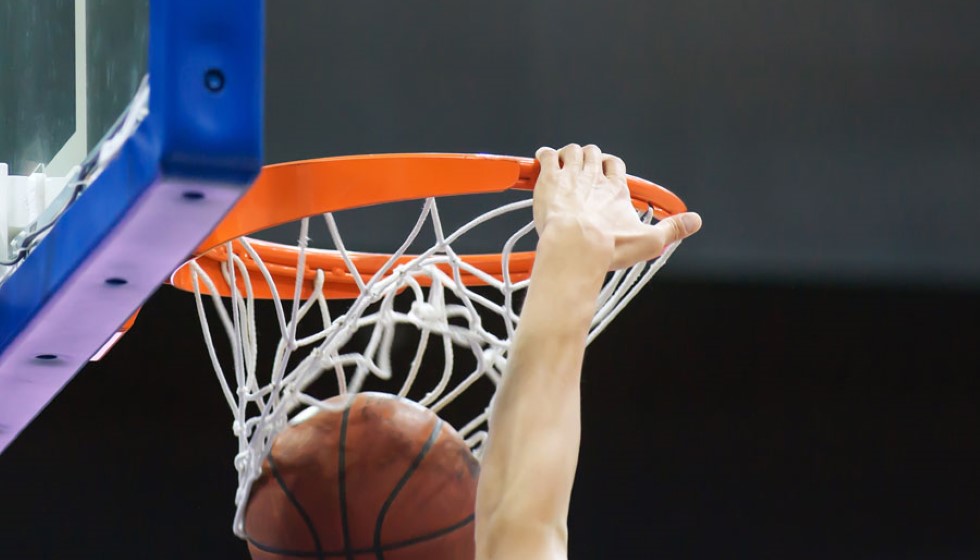
Jimmy Butler: The Trade Conundrum
Jimmy Butler, the formidable two-way wing, remains a key figure in NBA discussions, not just because of his undeniable talent but due to the complex trade scenario surrounding him. Recent chatter among analysts highlights the intricacies of potentially trading a player of Butler's caliber. "Players like that almost never become available, especially when they're two-way wings, the NBA's scarcest commodity," analysts assert. Yet, here we are, with Butler possibly on the trading block.
At 35, Butler has been a cornerstone for his team, characterized by his role on an Eastern Conference championship squad 18 months ago. His basketball intelligence and resilience on both ends of the court make him a prized asset. However, there are challenges to consider—injury history being one. Jimmy Butler has not completed over 70 games in a regular season since 2017, a factor that comes into play for teams contemplating his acquisition.
Salary Cap Challenges
The intricacies of modern NBA economics further complicate any potential trade. The Dallas Mavericks and the Golden State Warriors find themselves in a financial bind. The Mavericks are hard-capped below the first apron, with a mere $500,000 in cap room, while boasting two high earners in Luka Doncic and Kyrie Irving, each pocketing over $17 million. Meanwhile, the Warriors maneuver with virtually no wiggle room, being hard-capped with only $7,000 at their disposal and Andrew Wiggins drawing a hefty $26.3 million salary.
Money, as analysts rightly point out, is the central quandary. "The real problem for Dallas is cost," they state, underlining a critical obstacle for any team eyeing Butler. This sentiment echoes skepticism around the league: "These are the perils of trying to trade a player like Butler."
Finding the Right Fit
Despite the challenges, speculation continues about which team might align those perfect circumstances to secure Butler. The allure of adding such a valuable asset is undeniable. "It takes the perfect alignment of circumstances for such a trade to be feasible," commentary suggests, sparking a conversation on potential suitors for Butler's talents.
One plausible scenario suggests that there exists a team uniquely positioned to facilitate a trade that aligns with Butler's own aspirations. "Fortunately, the one team that's seemingly positioned to actually pull this kind of deal off happens to be on Butler's wishlist," hints a source in commentary.
Yet one question looms large: "If he was going to, why would it be for Butler?" Skeptics wonder—raising the question of what franchise might be willing to gamble significant assets and cap flexibility for a player whose best years may be trailing behind him. "Who is confident enough to take a risk like that? Who wants to win right now badly enough to deal with any of this?" Such is the speculation enveloping teams in pursuit of immediate glory.
The Youth Movement
Whether Butler's potential new team is prepared to make immediate sacrifices remains an open question. Contrast his experience and age with the burgeoning youth prevalent in the NBA, and the story takes another turn. Consider the Houston Rockets, teeming with youthful zeal. Six of their eight most-utilized players are 23 or younger, carving out their identity in a league where speed and agility often dominate.
With their rank of 17th in three-point attempts juxtaposed with a 26th place in percentage, the Rockets exemplify a team in transition, banking on future development. Against such a backdrop, integrating a seasoned veteran could dramatically alter dynamics with both immediate and long-term effects.
As NBA teams navigate the labyrinth of balancing aging stars with the promise of youth, Butler stands at the crossroads of what could be a defining decision for multiple franchises. For fans and analysts alike, it is a saga worth watching with bated breath.